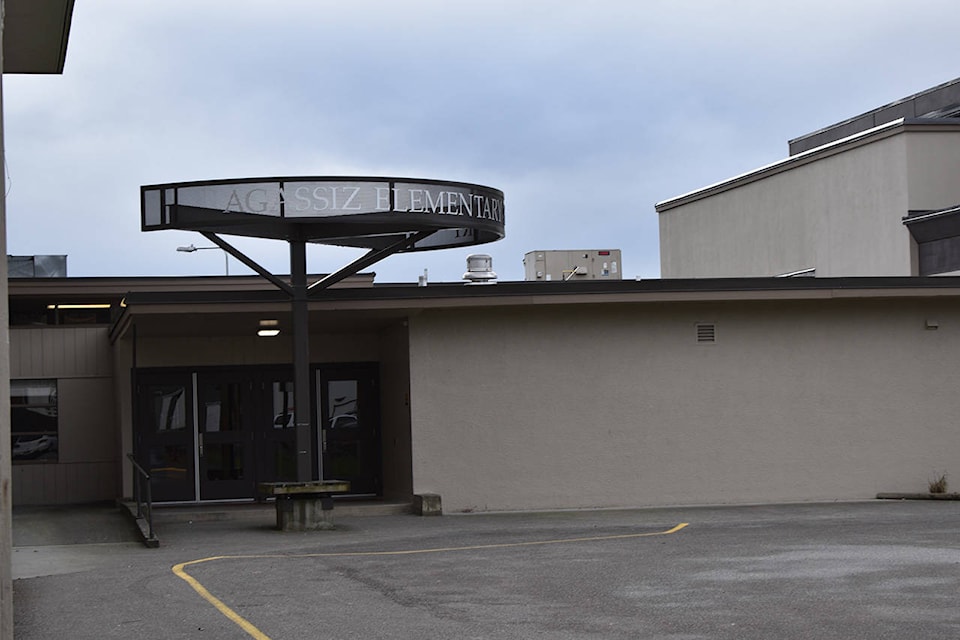Once again, the Fraser Institute has released a ranking of B.C.’s schools — looking at the places that educate our community’s children and putting them in order from “best” to “worst.”
For Agassiz, this year’s ranking might seem like a success.
AESS had been singled out at the fastest-improving school in the province, going from a ranking of 4.6 out of 10 in 2014 to 8.6 out of 10 in 2018.
RELATED: Fraser Institute releases latest B.C. high school rankings
(The second-fastest is located next door in Chilliwack: GW Graham Secondary, which was also named the fastest-improving school for 2018.)
Yes, seeing a local school singled out as the fastest-improving school in the province always brings out a little ray of pride. But it’s important to look closer at what that improvement actually means.
These rankings are released by the Fraser Institute, a controversial think tank that draws the ire of teachers every year for what the BCTF called its “useless clickbait.”
The rankings are based on publicly available data for 251 schools across the province, both public and private.
The high school rankings are at least a little more comprehensive than the elementary school rankings, which only look at the poorly-attended and often unreliable FSA results.
RELATED: EDITORIAL: No think-tank report cards for the Observer
For Fraser Institute’s high school rankings, provincial exam marks take the place of FSA results and are supplemented with data from the school’s grade-to-grade transition rates and six-year completion rates — both of which point to how well students are moving through the school system, and not just how well they do on tests.
In Agassiz, from the 2013-14 school year to the 2017-18 school year, these have seen some great leaps indeed.
The average provincial exam mark has gone up from 63.4 per cent to 72.1 per cent, and the percentage of exams failed went from 17 per cent to zero.
The graduation rate is at 100 per cent (as it was in both 2014-15 and 2015-16), and only 9.4 per cent of students did not move on to the next grade.
(This is worse than in 2013-14, when the “delayed advancement rate” was 3.6 per cent but better than 2016-17 when it was 27.6 per cent.)
These are, on the whole, successes for the school. And we should be proud of them. But there’s more to a great school than just good grades.
The Fraser Institute rankings neglects important markers like how connected students feel to their teachers and other staff, how often students are missing school and how prepared they are for life after high school.
It doesn’t look at whether all students are given an equal opportunity for success, regardless of their background or ability.
These are the kinds of things SD78 has included in its growth plan.
Using data from surveys, exams, teachers and parents, the SD78 growth plan is designed to help the school district figure out where its schools are succeeding, and what needs to change for local students.
RELATED: SD78 growth plan to focus on inclusive learning, reading
On the whole, the high school students in the Fraser-Cascade School District are doing well — both the Fraser Institute ranking and the growth plan point to that.
Hopefully, changes SD78 is making at the elementary school level will help the future students of AESS have an even better time in high school than the ones who came before them.
So celebrate AESS for being the fastest-improving school when it comes to grades and completion rates. But also remember that there’s more to a high school than its ability to pump out straight A students year after year.
After all, it takes more than good grades to make a great school.
-Grace Kennedy, editor
grace.kennedy@ahobserver.com
Like us on Facebook and follow us on Twitter
